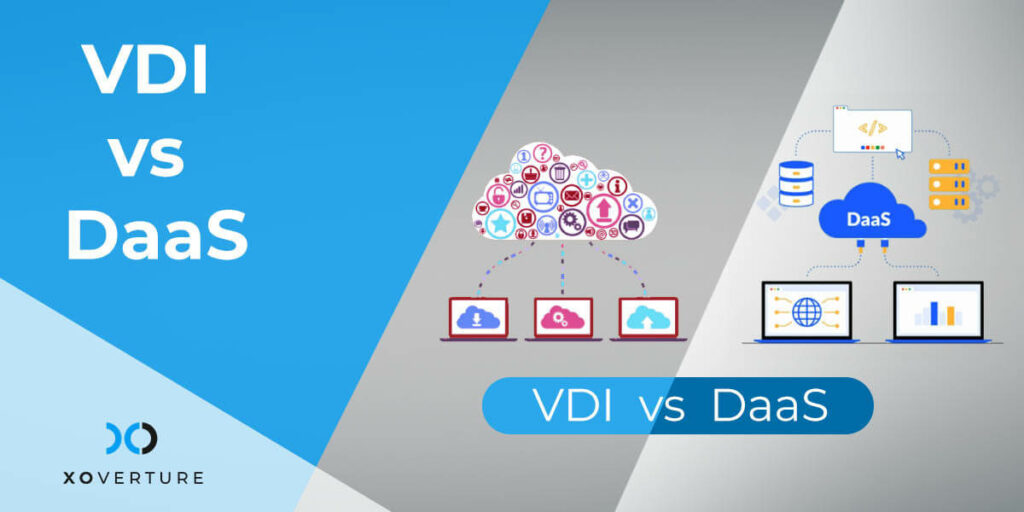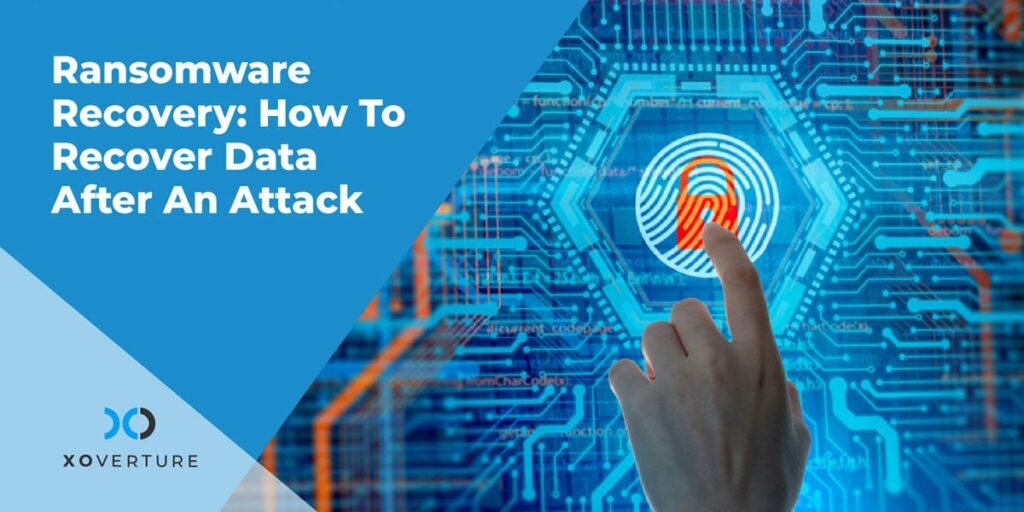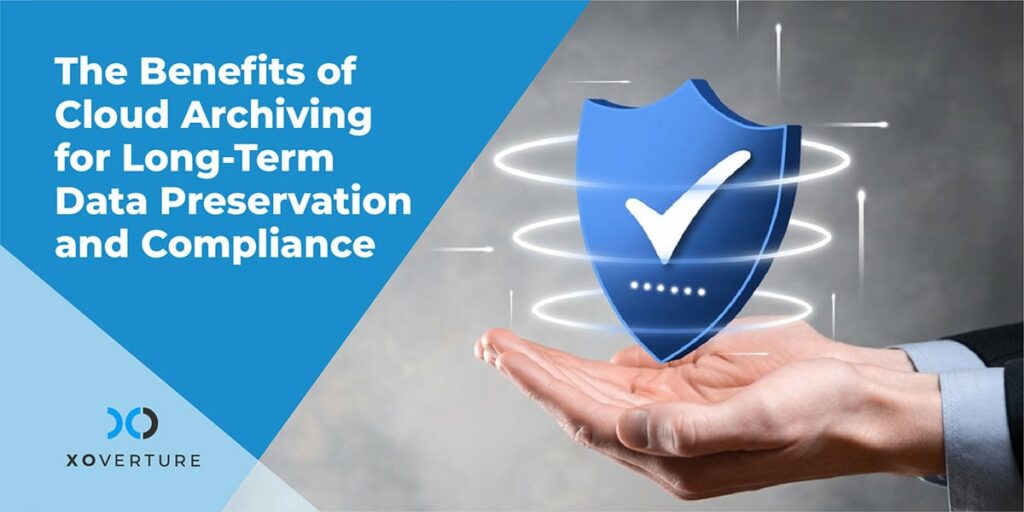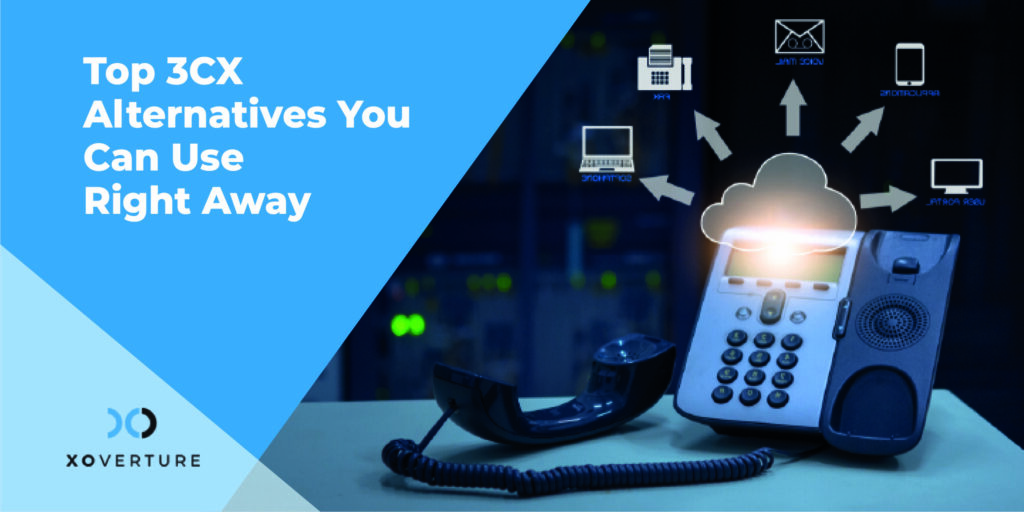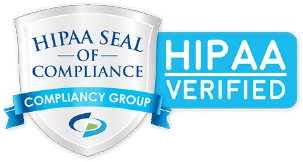Virtual desktop infrastructure (VDI) and desktop as a service (DaaS) appear to be quite similar on the surface. Both provide users access to virtual desktops, which saves IT from having to install and update operating systems on all the devices in the company. As a result of the present economic crisis, businesses have become increasingly receptive to the work-from-home or let’s just say work-from-anywhere concept.
It’s not like it’s a brand-new product in the market. Local VDI and DaaS installation has been impacted by rising mobile use and the requirement for a unified virtual workplace during the last year. As a result, businesses must make all necessary tools and apps available to employees so that they may work from anywhere with ease. So, here’s the actual debate: VDI vs. DaaS, and which is better for your organization.
VDI
Servers are generally located on-site with VDI, so company owners concerned about security may feel more at ease knowing that they have complete control over their hardware, software, and data. Data security is a top priority for certain organizations, and data protection may be governed by government legislation.
You have on-site control of your hardware with a VDI, which may be the ideal choice for businesses dealing with extremely sensitive data. You may also personalize your environment, which is something you don’t normally get with a DaaS provider.
VDI can be delivered on-premises, giving you complete control over your hardware, software, and data, or via a cloud-based platform in a data center.
DaaS
While DaaS is essentially a VDI solution, it uses the cloud to host, administer, and provide access to virtual desktops. Many DaaS systems are entirely hosted, while others allow IT to maintain control over hosted workloads while simplifying management. Unlike VDI, third-party service providers manage DaaS integration for businesses remotely, including implementation and ongoing maintenance.
Being a cloud-based solution, DaaS allows you to pay for what you use only, usually on a per-desktop billing model. It allows you to accurately forecast the exact cost of workforce expansion, removing the risk of any unforeseen hardware purchases.
With DaaS, providers deploy security measures such as multi-factor authentication, data encryption, and intrusion detection to ensure the total security of your data.
With the rise of the remote and hybrid workforce, the advantages of DaaS integration are becoming difficult to miss. According to Gartner’s 2021 Market Guide for Desktop as a Service, revenue for DaaS increased by 98 percent in 2020 and is anticipated to increase by 68 percent by the end of 2021.
How Do They Differ?
It’s time to assess these virtual desktop options from a business standpoint and choose which one best meets your needs.
Organizational Capabilities
In VDI, your EUC (end-user computing) team will be responsible for developing, implementing, monitoring, and protecting the platform, as well as the control plane, which will be fairly sophisticated. In DaaS, on the other hand, the control plane is a managed service that is managed by the DaaS vendor.
Platform
In VDI, you need to take care of all installation, maintenance, and management. If you host deployments on-premises, you need to maintain and manage hardware in addition to virtual machines (VMs). On the other hand, your infrastructure is managed with DaaS deployments. You need not worry about either maintenance or management. Your DaaS provider handles all hardware monitoring, maintenance, upgrades, availability, and troubleshooting. And you also receive technical support from your DaaS vendor.
Agility & Scalability
VDI installations typically take a long time to set up and might be difficult to change later. If you need to add more users, you must first purchase, install, and configure the hardware to the new user’s desktop. Furthermore, due to the high cost of subscriptions, you have less freedom to experiment with different operating systems. You may benefit from the flexibility or elasticity of DaaS deployments by getting them up and operating in less time. Because the infrastructure and platform are all set up, all you have to do now is tweak the desktop settings and assign them to users.
Security
Organizations that deal with sensitive or private data choose on-site VDI so that they have complete control over the backend. However, when going further, they must take additional security steps to ensure the highest degree of data protection.
On the other hand, DaaS service providers use a variety of security methods to ensure maximum data protection, including data encryption, multi-factor authentication, and intrusion detection.
Data Backup
It is the most important factor in ensuring business continuity for both VDI and DaaS. It assists you in recovering data in the event of a catastrophe, or when data is hacked or impeded by a cyber-attack, for example. Separate backup servers must be established on-premises or in some external data centers with the VDI system. You’ll have to invest more money and manage another unit as a result of this.
DaaS service providers, on the other hand, will automatically backup data on redundant servers to ensure rapid recovery in the event of a disaster.
Cost
The cost element is always a major consideration for every business or organization. It must be taken into account both before and after deciding on the model – DaaS or VDI. Because of the initial infrastructure expenses, scaling costs, frequent infrastructure changes, and data-backup, etc., VDI implementation comes with a considerable capital expense (CapEx).
DaaS, on the other hand, allows for more flexible consumption arrangements. All user applications/desktops may be operated in the cloud, resulting in a completely OpEx model. Some solutions allow you to operate some or all user applications/desktops on-premises (while the control plane is delivered as a cloud service), combining CapEx and OpEx.
Leading Virtual Desktop Infrastructure (VDI) And Desktop as a Service (DaaS) Solutions Available
- Top VDI Solutions: Some of the top VDI solutions available in the market today are VMware Horizon, IBM Cloud, and Citrix Virtual Apps and Desktops.
- Top DaaS Solutions: AWS WorkSpaces, Itopia, Microsoft Windows Virtual Desktop (WVD)
How Can XO Help?
Some companies just wish to migrate to Microsoft 365. Others desire a fully tailored cloud system that will take weeks or months to develop and construct. Both can rely on XO to provide what they need on time and on budget, thanks to its experienced team of IT solutions experts.
XO can help you with both, however, cloud VDI or DaaS is recommended. Committed to making your business more flexible and scalable, XO offers highly viable public, private, and hybrid cloud services and solutions. From migrations to initial setup, hosting to management, security, and audits, XO provides it all.
Connect with us today to schedule a meeting.

